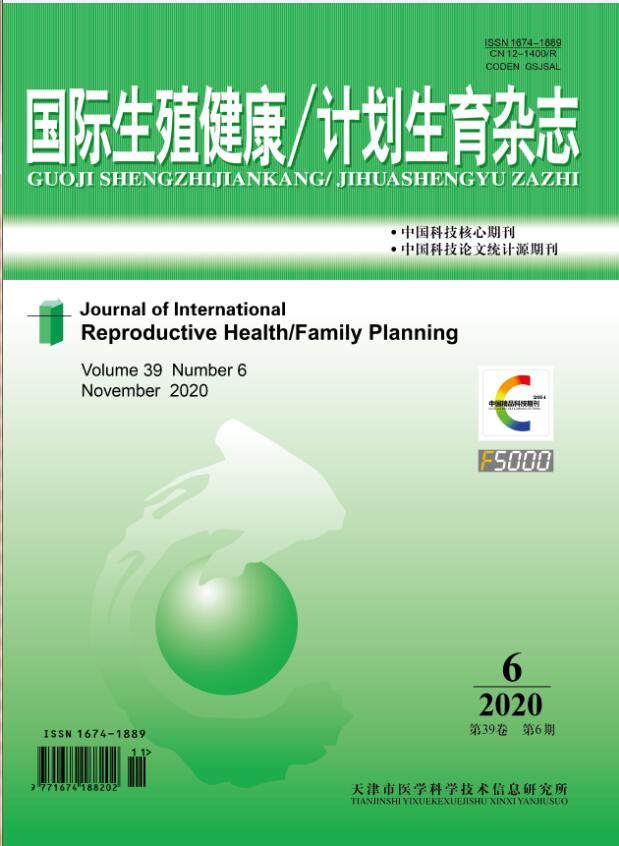|
|
Effect of Ulipristal Acetate on Human Sperm Parameters: An In Vitro Trial
WANG Lu, DUAN Biao, SHI Zhen
2017, 36 (5):
368-372.
Objective:Ulipristal acetate (UPA), a progesterone receptor modulator, has been used as an emergency contraceptive. In this study, we investigated the effect of UPA on human sperm parametersby in vitro experiments. Methods: Fifteen semen samples with normal parameters were used. After liquidation and resuspend with G-IVF, each sample was sub-divided into 6 groups, 0.5 mL each sample. Spermatozoa were incubated in the culture medium containing 0.04, 0.4, 4 and 40 μmol/L of UPA. Two controls were the blank control and the DMSO control. The sperm viability, motility, DNA integrity, acrosome reaction, sperm hyperactivation, and intracellular free calcium concentration were measured. Results: There were no significant differences in the viability, motility and morphology among two controls and four treatment groups (P>0.05). In those groups treated with UPA at greater concentration than 0.4 μmol/L, the ratio of DNA damage and tail moment were significantly increase, the ratio of sperm hyperactivation was reduced, and the acrosome reaction and the calcium ion concentration in spermatozoa were significantly reduced (P<0.01). Conclusions: In the in vitro experiments, we found that UPA inhibited the acrosome reaction and hyperactivation of human sperm, and decreased the concentration of intracellular calcium. These actions could be related to the sperm damage induced by UPA.
Related Articles |
Metrics
|

